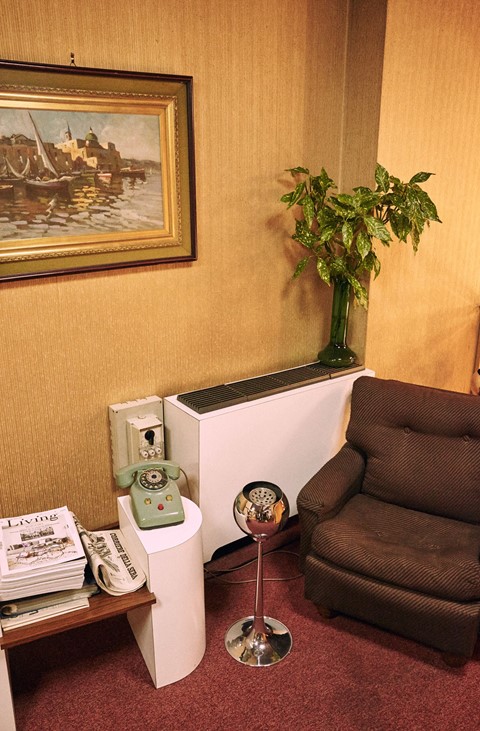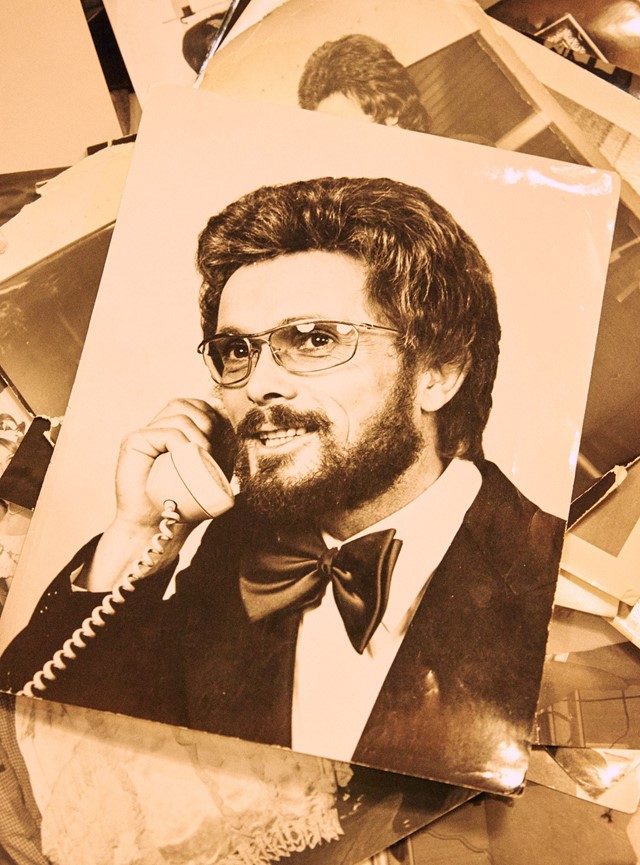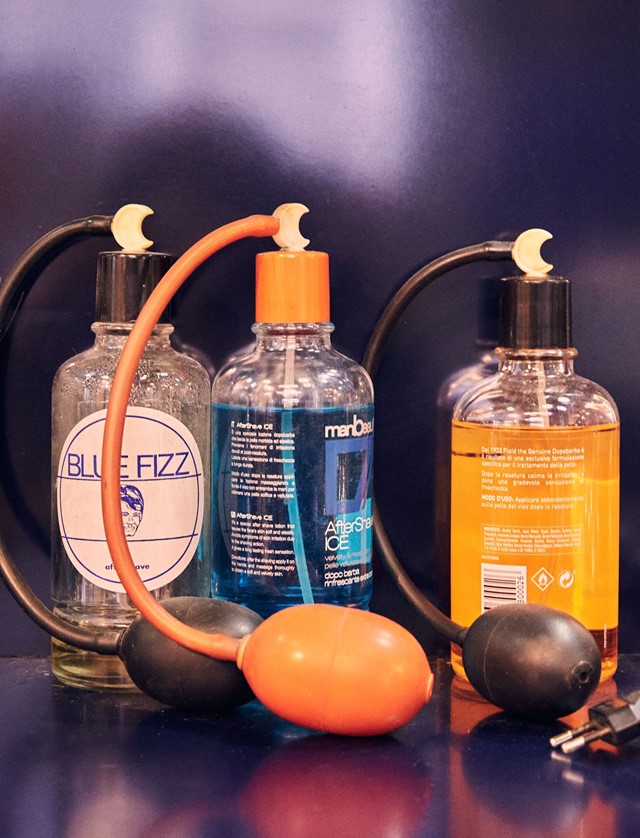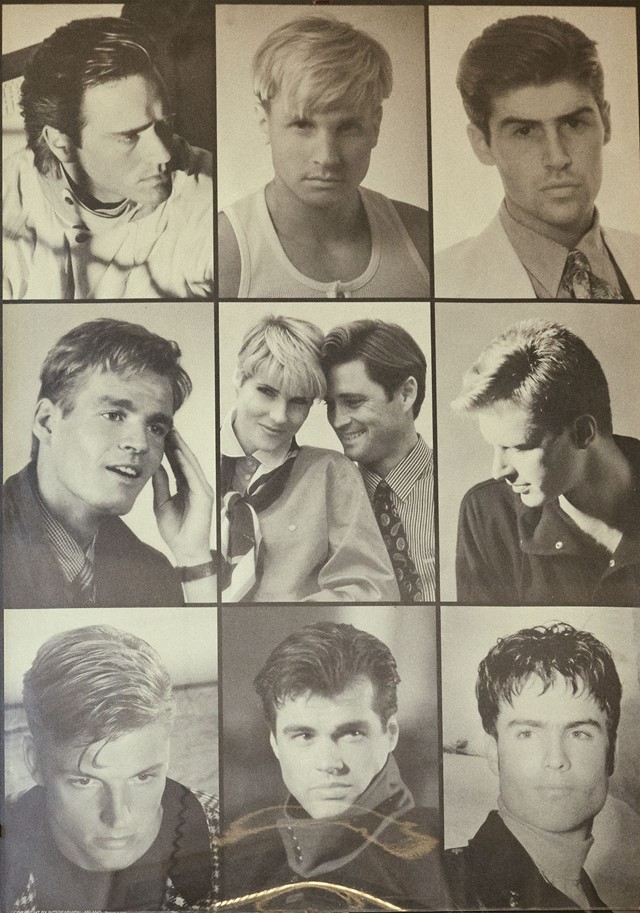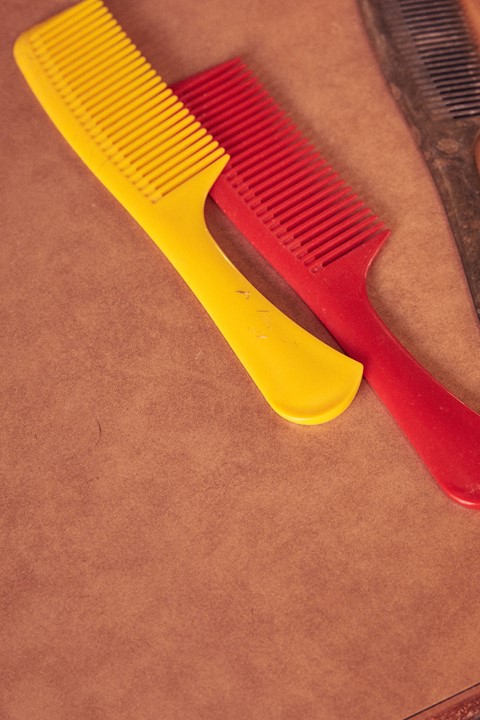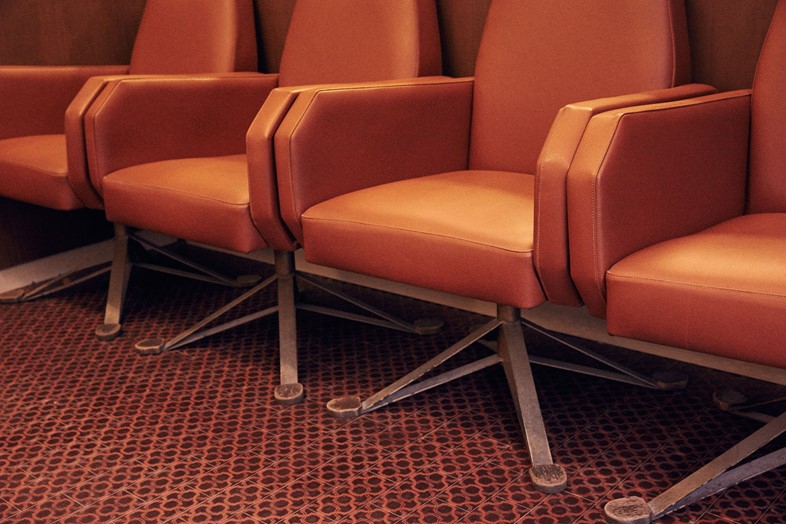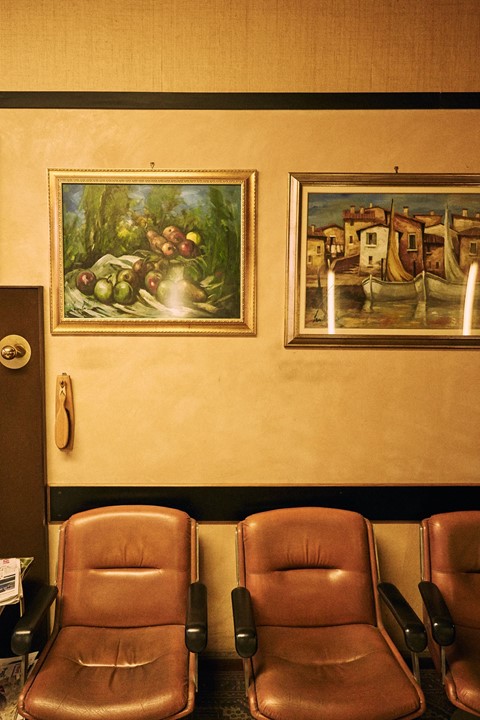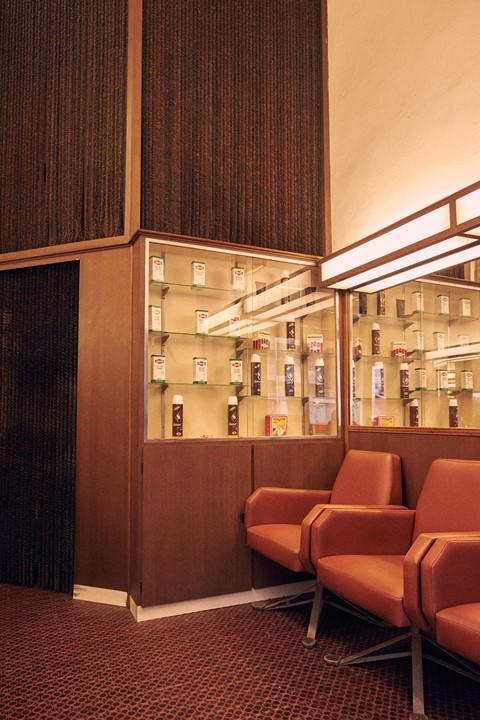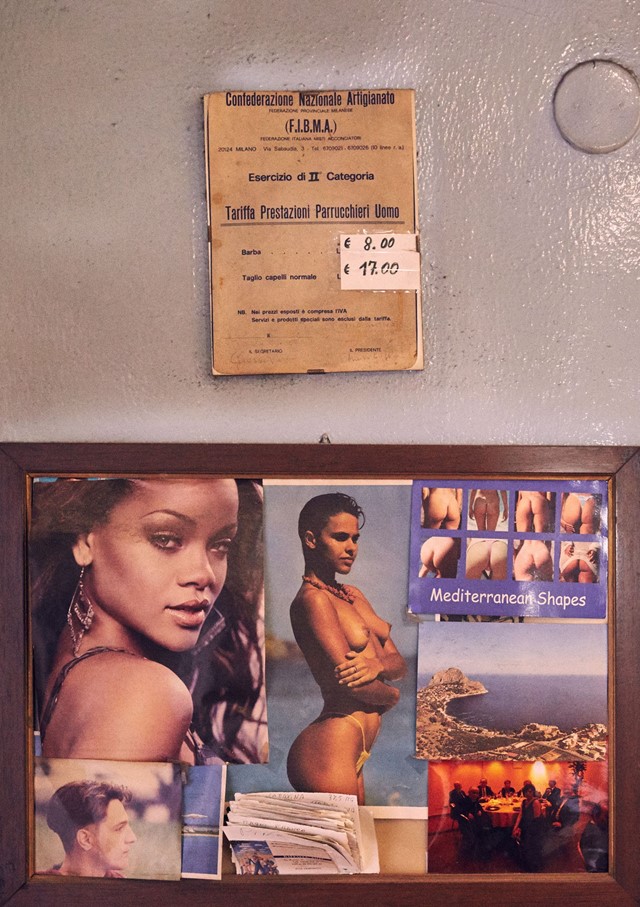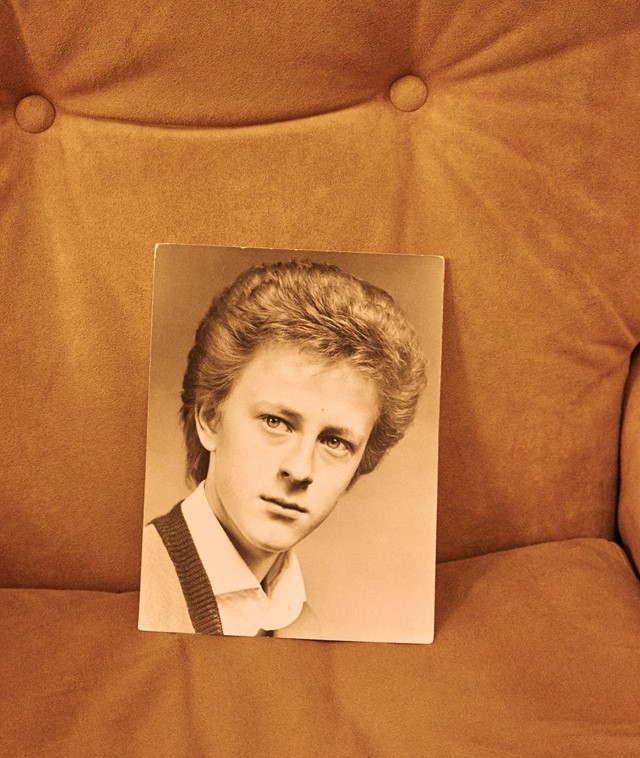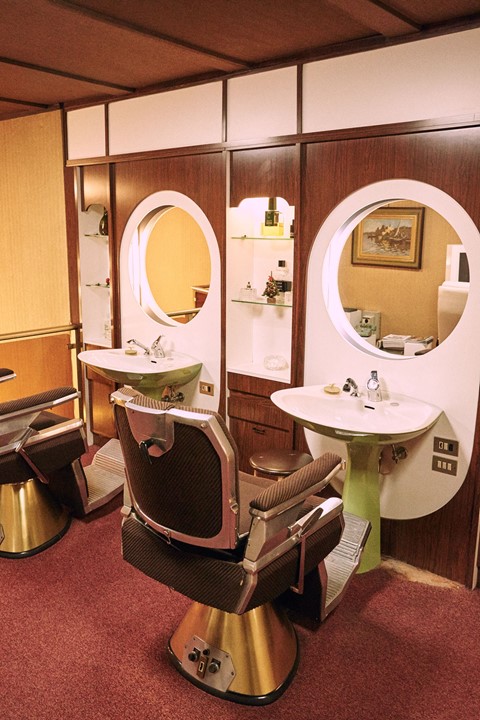Concealed behind unassuming shopfronts across Milan are countless perfectly preserved traditional barbershops – retro salons which still maintain all of their original interior design touches from the 1950s, 60s and 70s. While exploring the possibility of staging a fashion shoot in these perfectly kept retro shops, Italian fashion photographer Stefan Giftthaler realised that the spaces themselves, unoccupied and immaculate, were photo-ready. “I said to myself, ‘Why don’t we just shoot the place itself without models?’” Giftthaler explains to AnOther over the phone. “So I just started wandering around the city looking for these places. It was a nice discovery.”
The resulting series, I Barbieri di Milano, acts like a timewarp, transporting viewers to the Milan of a bygone era, when a visit to the barber was as crucial to a beauty regimen as brushing one’s teeth. These traditions have been upheld since these haunts were opened during Milan’s booming economic decades, and both the owners and clientele have grown up honing their routines. “It’s a different way of going into shops,” the photographer says. “Some of them willl talk about everything with a client when they’re doing a haircut – politics, soccer, their personal lives – because they know each customer so well. They might have been going there for 20 years.”
There’s a personal aspect to Giftthaler’s shots too. Trinkets, paintings, trophies and photographs unique to each owner adorn the interiors, alongside the pristine furniture and lighting – so much so that “it’s like being in an apartment”. “One guy told me about a painter who was a client in the 70s and he had given them some paintings. There are memories all over the place,” he continues. Giftthaler is quick to note the pride that these men take in their craft, detailing how some showed him black and white photographs of the haircuts they had created and described the competitions they had won. Sadly, though, their tradition seems to be winding down. “Many of the owners told me that in two or three years they are going to retire and close down,” the photographer says. Here’s hoping that some of these gems of late 20th-century design are around for years to come.
